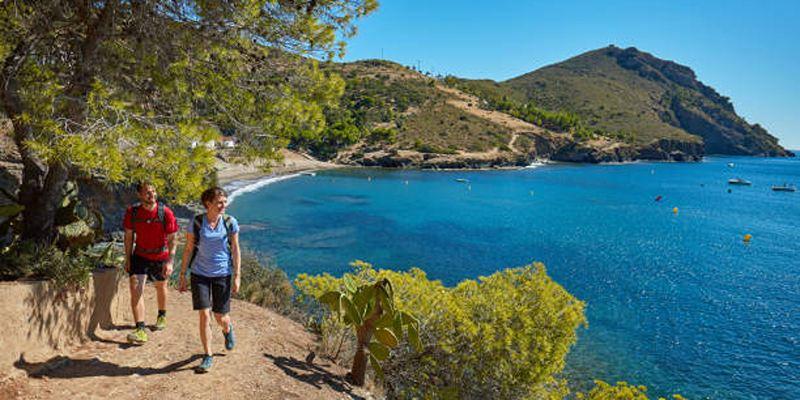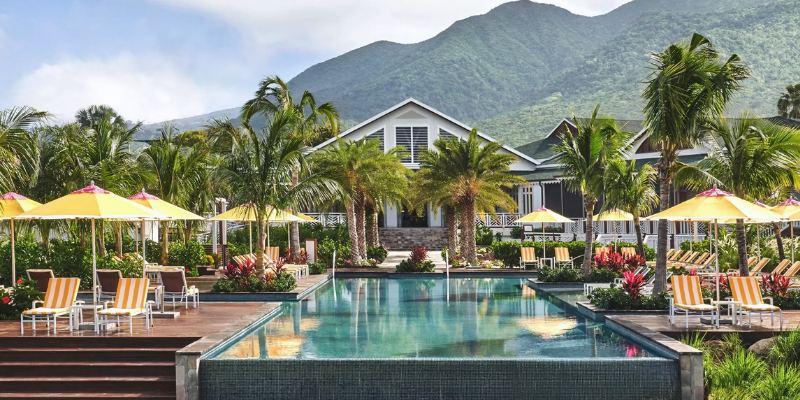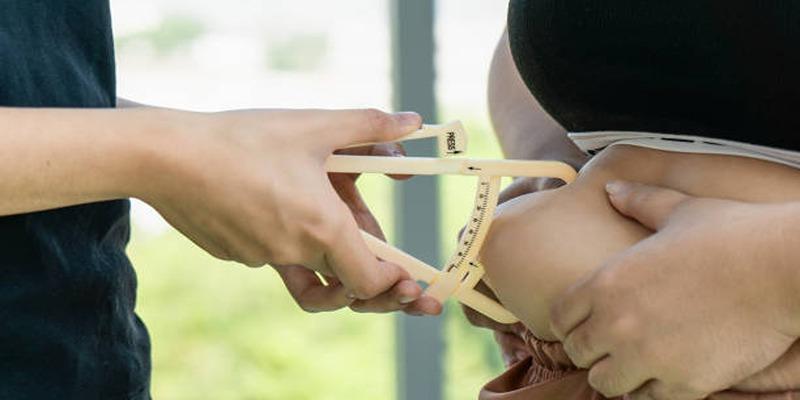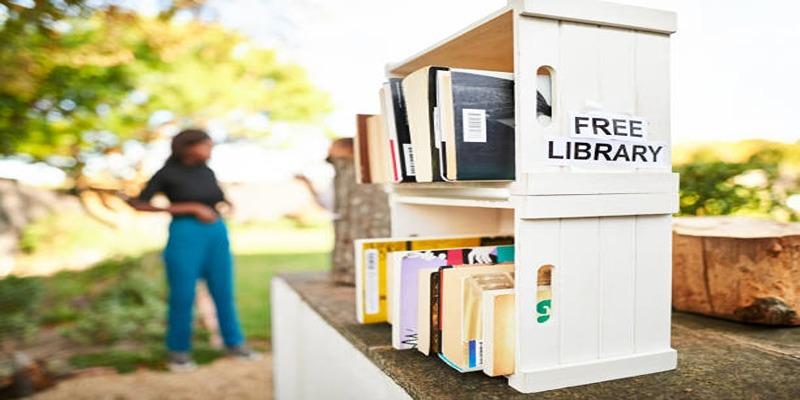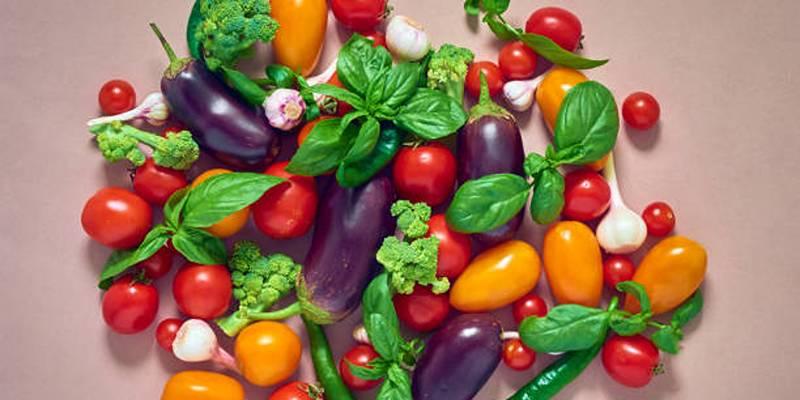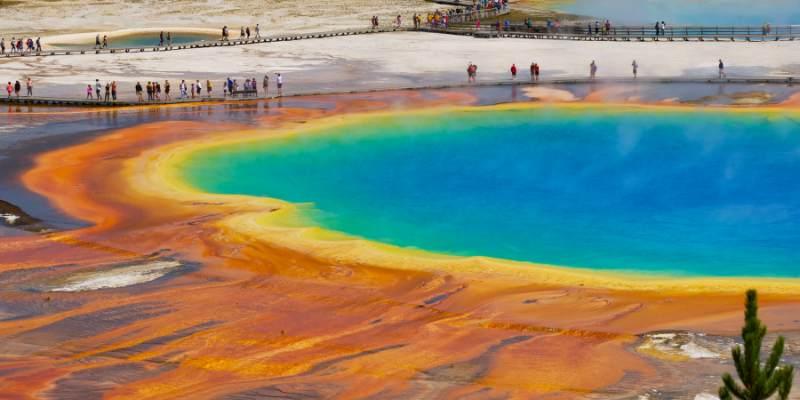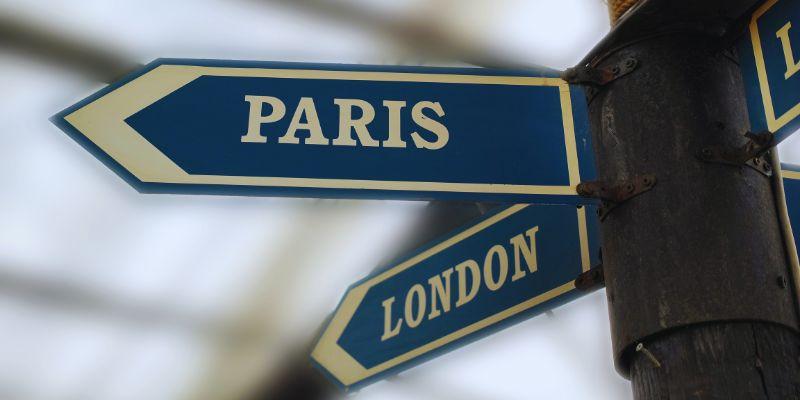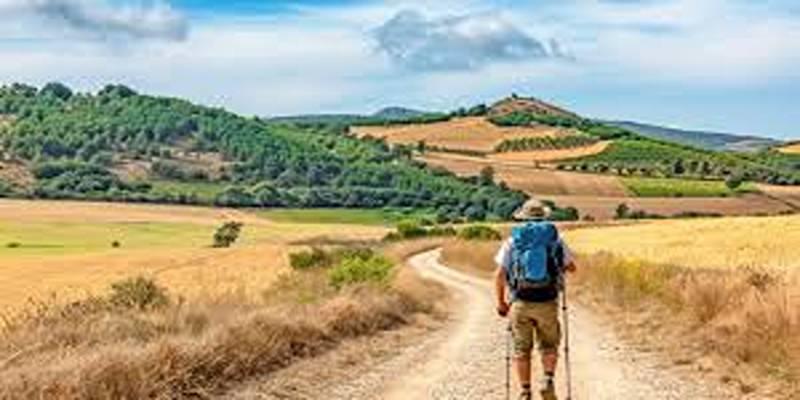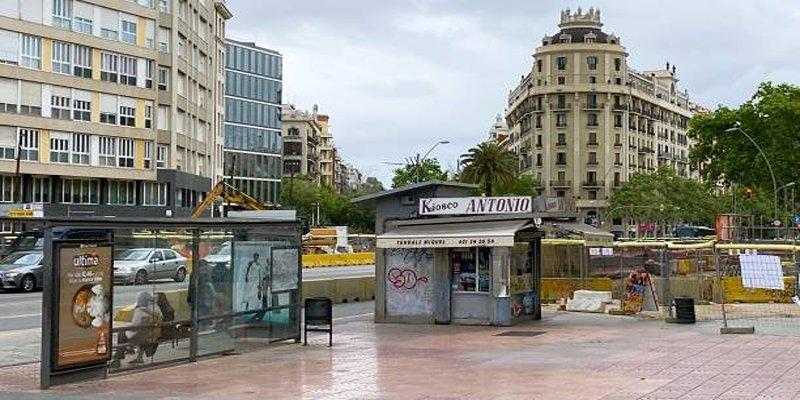The beautiful capital of Slovenia Ljubljana has extended beyond its beautiful bridges and views of castles with its network of outdoor libraries intertwined with trees and gardens. Those tree-lined oases combine urban architecture, nature, and culture that provide a clean reading environment and weatherproof books. On park benches and under linden trees, on the pavilions, they demonstrate the innovative environment and spirit of Ljubljana and its life principles, its attitude to nature and the inclination toward literature.
The Story Behind Ljubljana's Green Libraries
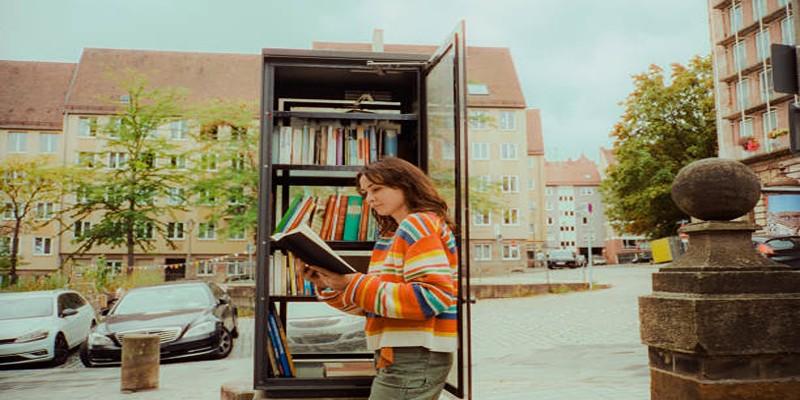
In 2025, Ljubljana became the European Capital of Culture in part thanks to such innovative projects as the network of outdoor libraries. It was conceived as a part of a wider city-wide project known as Vision 2025, which seeks to make Ljubljana one of the livable and culturally most diverse capitals in Europe.
City planners knew that the standard indoor libraries, critical as they were, would never be able to support the outdoor population in Ljubljana. In pleasant weather, extending throughout April and October, people spend much time in parks, along the Ljubljanica River and in tree-lined squares. Outdoor library project took advantage of this cultural bias even as it overcame the space constraints at the current library buildings.
Local architect Maja Vardjan, who had been consulted about various installations, tells his story behind why the libraries are located not indoors, but outside. It is a reflection of the character of Ljubljana as a green city, she says. Ljubljana always takes one of the leading positions in the list of the most environmentally conscious capitals in Europe with more than 542 square meters of green space per resident. The outdoor libraries bring this green ideology to cultural infrastructure.
Discovering Ljubljana's Tree-Canopy Reading Spots
Zvezda Park Library Pavilion
It is a circular wooden pavilion in the historic Zvezda Park of Ljubljana in the shade of centuries-old oak trees. The building is made out of about 200 books in different languages such as Slovenian, English, German and Italian. The interior walls have weatherproof book cases with a built in seating that invites the visitor to sit down and enjoy what he or she wants.
The pavilion uses an honor system system where people can borrow books they like whenever they want and can lend them any time they desire. Solar-powered LED lights increase reading time into the early evening in summer seasons. Monthly, the collection is updated by park maintenance staff including contributions by local residents and publishers.
Ljubljanica Riverbank Collection Points
Smaller, and more conveniently situated book exchange stations, under weeping willow and plane trees, fill out the pedestrian passages along the Ljubljanica River. These small installations have weatherproof cabinets on posts, which are fused with the surrounding area by the river.
Stations usually hold 30 to 50 books, which generally include both fiction, travel books, and local interest books. The beach-side sites are particularly effectively exploited by visitors and afternoon exercisers who like to pick up their reading when taking a stroll along the shore.
Tivoli Park Reading Garden
The largest green space in Ljubljana is named Tivoli Park and this is where the biggest outdoor library installation is placed. This dedicated reading garden spans 200 square meters and includes multiple seating areas positioned beneath mature linden and chestnut trees. The design incorporates natural stone benches, wooden book storage units, and small tables for note-taking or sketching.
The Tivoli installation focuses on children books and family friendly titles. The welcoming environment created by colorful weather-resistant cushions and the ease with which a parent can monitor children playing is also conducive to the needs of young readers.
How Ljubljana's Outdoor Library System Works

Book Management and Maintenance
Ljubljana has a (municipal) library network of outdoor libraries that are managed in cooperation with local volunteer groups. Original collections and maintenance policies are created by professional librarians, at which point day to day maintenance and book rotation are done by community volunteers.
New inventory goes to each location every month. Books which are damaged are discarded and recycled and best sellers stocked again after monitoring their circulations via simple tally systems. The mix incorporates professional library issues with the energy, neighborhood feel, and casual feel of the outdoors libraries that drive them up.
Weather Protection and Seasonal Operations
The winters in Slovenia may be extreme, as it can freeze and there is a lot of snow. Outdoor library installations require highly treated wood and metal elements that are able to endure temperatures and water. Book packs have gaskets and drain pipes made of rubber to avoid water damages.
Most outdoor collections are piled in and transported to a heated storage station during the winter months (November through March). But sheltered shelters such as the one in the Zvezda Park are open all year round, with lower stocks and more blankets available to brave readers who are not afraid of brisk readings.
Community Engagement and Events
The outdoor libraries in Ljubljana are used to conduct community programming beyond one-on-one reading. Local authors read their books after-dark and outside in the evenings in what we call Books Under the Stars. The story time lessons of children are held regularly in Chinese reading garden of Tivoli Park where the literature is studied together with nature education activities.
The libraries are also included in the annual “Night of Books” event in Ljubljana, during which the open areas are lit with lanterns and special collections are shared with the community. These events enhance the relation of literary culture in Ljubljana toward to its willingness to live outdoors.
Planning Your Visit to Ljubljana's Tree-Top Libraries
Best Times and Seasons
The time between late spring and early fall is a great time to go to outdoor library in Ljubljana. May and September are in the comfort range as it is not as hot as summer and tourist numbers are not as high as in summer. The weekday mornings (8-11 AM) are least active, the weekday afternoons (4-7 PM) more active, the weekends less active.
Weekend visits can be made throughout the academic year, as a way to see how the spaces are utilized by local families (especially the children areas of Tivoli Park). Evening in the summer can be enchanted, with longer working hours in the day and many unplanned community gatherings.
What to Bring
While the outdoor libraries provide seating and weather protection, bringing a light blanket or cushion enhances comfort for extended reading sessions. A water bottle is essential, as drinking fountains aren't available at all locations. Bringing a small notebook can be a good idea to record the recommendations on the books left by other visitors.
Final Thoughts
Ljubljana's outdoor libraries are more than urban planning—they reflect a vision where culture and nature thrive together. Cities such as Prague and Vienna have followed the lead. To tourists, these tree-lined paradises provide silent meditations, group identification, and exclusive cultural encounters. You should skip the common tourist attractions and visit such literary sanctuaries, where books and nature are recognized to make memorable Ljubljana charm in its mounds of streets.

